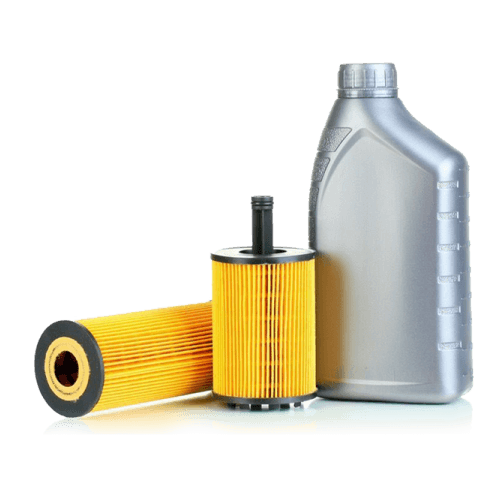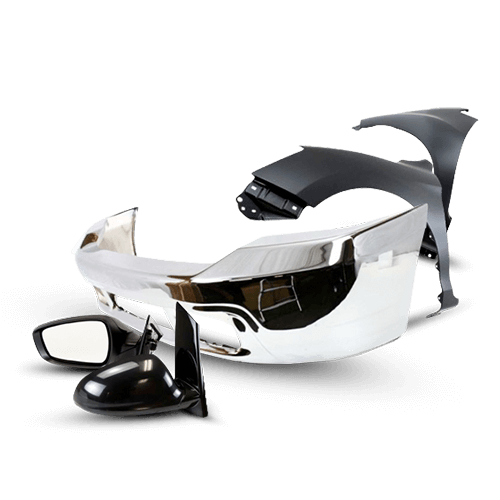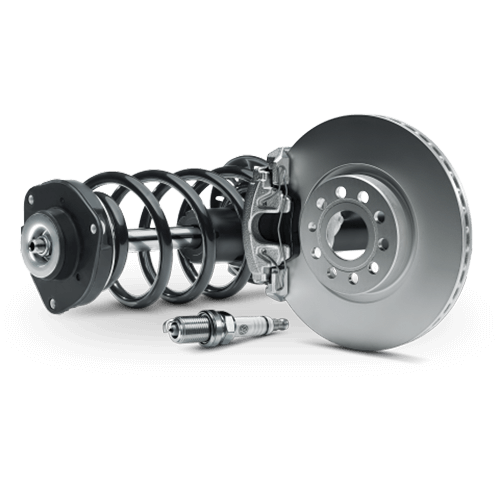
How to Extend the Life of Your Automotive Bulbs
Whether you're using halogen bulbs, HID Xenon headlights, or LED headlight bulbs, one thing all drivers want is longevity. Constantly replacing your car’s headlight bulbs, fog lights, or tail lights can be both frustrating and expensive. Fortunately, there are several easy ways to extend the life of your automotive light bulbs and get the most value out of every purchase.
In this guide, we’ll share expert tips to help your bulbs last longer, perform better, and save you money, whether you’re driving a daily commuter, a weekend cruiser, or a rugged off-road vehicle.
1. Buy Quality Bulbs from Reputable Brands
The first and most important step in extending the life of your vehicle lighting is choosing high-quality, road-legal bulbs. Cheap, off-brand lights may advertise high lumens or color temperatures, but they often lack the durability and heat resistance needed for long-term performance.
At HID Concept, we carry premium automotive lighting brands like Philips, Osram, IPF, and DAMA, all known for producing long-lasting halogen, HID, and LED bulbs that meet strict quality control standards that exceed other competing brands.
The D-Series LED bulbs, like DAMA NEO VISION, have the best 5-year replacement warranty matched by no other bulb makers.
2. Avoid Touching the Glass of Halogen Bulbs
When installing halogen headlight bulbs, never touch the glass with your bare fingers. The oils from your skin create hot spots on the bulb surface once it heats up, which can lead to premature failure.
Use gloves or a clean paper towel when handling halogen bulbs, and always hold them by the base. This small precaution can significantly increase the bulb's operating life and reduce the risk of uneven heat stress or cracking.
This practice also applies to the HID Xenon bulbs. With the LED bulbs, it is also a good idea not to touch the LED chips in the same manner.
3. Check and Clean Your Headlight Housing
Dust, dirt, and condensation inside your headlight housing can lead to overheating and electrical shorts. Periodically inspect your headlight assemblies and clean them if needed. Also, check the housing seal to prevent moisture from getting inside—a common cause of early failure for HID and LED headlight bulbs. We may want to mention the issue of condensation, whether caused by cold weather or a worn-out headlight seal, as it can potentially shorten the lifespan of the bulb.
One simple but effective solution for moisture inside headlights is to use silica moisture gel packs. These desiccant packets absorb humidity and help eliminate condensation that can damage electrical components or fog up the lens. Simply place a small silica moisture gel pack inside the housing or the access cap, away from direct contact with the bulb, and it will work to keep the environment dry. This is especially useful for vehicles in humid or rainy climates, and it's a great preventative measure to protect your headlight bulbs from moisture-related failure.
4. Ensure Proper Installation and Aiming
Improper bulb installation can put stress on the electrical connection or misalign the filament or LED chip. This results in poor beam patterns, overheating, and eventual burnout. Always follow the manufacturer's instructions when installing replacement headlight bulbs or fog lights.
Correct beam alignment is also critical. Headlights aimed too high or too low can create glare and uneven wear. Visit a professional installer or use a flat wall and measuring tape to aim your lights accurately after installation.
5. Check Your Electrical System
Your car’s electrical system plays a major role in the longevity of your bulbs. Fluctuating voltage, weak alternators, or worn wiring can overload your lights and shorten their lifespan. If you notice flickering or dimming, have your charging system tested.
Some HID and LED kits require additional components like a relay harness or CANbus decoder to ensure consistent voltage and avoid system errors. Using the right accessories helps reduce stress on the bulbs and prolong their life.
6. Use Daytime Running Lights Strategically
Daytime running lights (DRLs) are great for visibility but can cause unnecessary wear if they constantly use the same filament or LED array as your low beams. Some vehicles allow you to switch DRLs off or adjust their brightness—consider doing so when appropriate to reduce bulb usage.
Alternatively, consider upgrading to LED DRL bulbs, which are more energy efficient and longer-lasting than their halogen counterparts.
7. Choose the Right Bulb for Your Needs
High-wattage or ultra-white bulbs may look appealing but often trade off lifespan for brightness. If your goal is to maximize durability, choose bulbs labeled as “long-life” or “extended life.” These bulbs are engineered to produce slightly less heat and operate within optimal temperature ranges.
8. Upgrade to LEDs (If Compatible)
One of the best ways to reduce bulb replacements over time is to switch to LED headlight conversions. High-quality LEDs last significantly longer than halogen or HID options, often reaching lifespans of 20,000 to 50,000 hours.
However, make sure your vehicle's housing and reflector/lens setup are compatible with LED technology. Installing LEDs in a halogen reflector without proper beam control can cause glare or uneven lighting.
Conclusion
Taking care of your vehicle lighting system doesn’t just save money—it also improves safety, driving comfort, and legal compliance. By following these best practices, you’ll significantly extend the life of your headlight bulbs, fog lights, and other automotive lighting components.
At HID Concept, we make it easy to find long-lasting headlight bulbs, LED upgrades, and replacement lighting parts designed to keep you on the road longer, with fewer replacements and less hassle.
Explore our collection today to find the best automotive lighting products for performance and durability.






